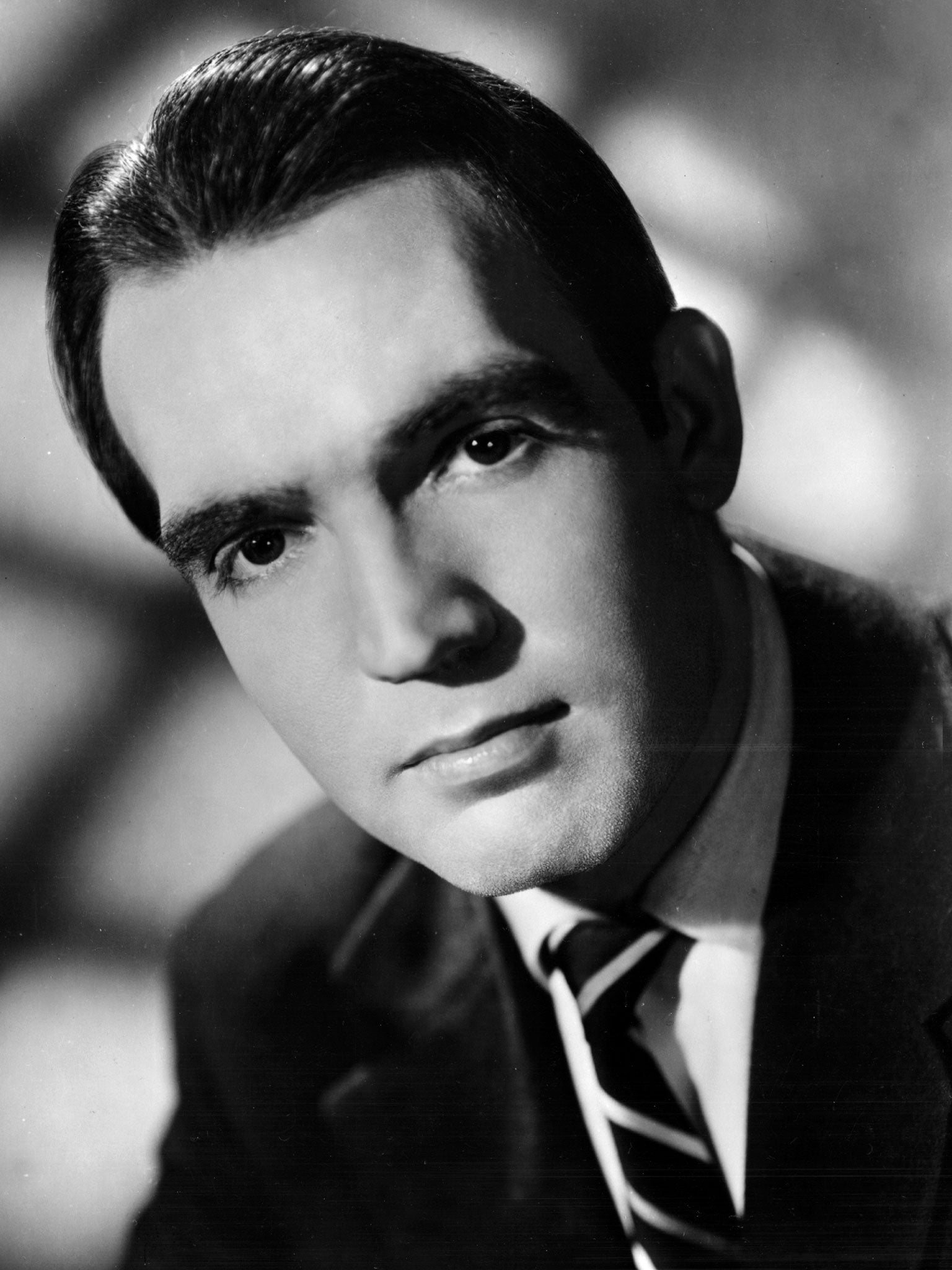
When the American jazz guitarist Johnny Smith came up with "Walk, Don't Run", an intricate yet smoothly executed variation on the melodic chord sequence of the standard "Softly, As In The Morning Sunrise" in 1954, he didn't even title the instrumental composition. "I just called it 'Opus'," he said. "Teddy Reig, who produced my records, gave it a name."
Included on the 10in album In A Sentimental Mood issued by the Roost label, "Walk, Don't Run" piqued the interest of fellow virtuoso guitarist Chet Atkins, who recorded it in his trademark finger-picking country style on his 1957 album Hi-Fi In Focus. It was that version the Seattle-based instrumental group the Ventures adapted two years later. Their rocked-up rendition became a worldwide surf hit, peaking at No 2 in the US and No 8 in the UK, where it outsold a cover by the John Barry Seven in 1960.
"Walk, Don't Run", which the Ventures updated and took back into the US Top Ten in 1964, sparked off a craze for guitar bands and has been covered by myriad acts including Glen Campbell, Herb Alpert and the Tijuana Brass, the Pink Fairies, the Shadows, the Penguin Café Orchestra and Yes guitarist Steve Howe, and has enjoyed millions of radio plays.
But "Walk, Don't Run" is only one of the reasons why Smith was hailed as one of the guitar greats. On recordings like the best-selling 1952 single and album Moonlight In Vermont, made with a quintet featuring Stan Getz, he developed a unique technique that became a hallmark of the cool jazz genre. "The hardest thing to do on the guitar is to play a melodic chord progression in smooth, even fashion, without leaving space between chords," he explained. "One day I noticed how an organist managed to keep a tone going between chords by holding down one of the notes of the chord while he pivoted to the next chords. I picked up on that and applied it to chord progressions on the guitar."
Smith's quietly revolutionary approach, fluid phrasing and unusual tunings influenced contemporaries like Barney Kessel and Tony Mottola and younger players such as Bill Frisell, as well as the students he taught when, following the death of his second wife in 1958, he moved from New York to Colorado to bring up his daughter.
Born in Birmingham, Alabama in 1922, he had a peripatetic childhood as the family followed his father in his search for work during the Great Depression, winding up in Portland, Maine. Already proficient on his father's banjo, he began playing the guitar but didn't own one until he was 16. Before that he made an unusual arrangement with the owners of Portland pawn shops, tuning their guitars in exchange for practising on them.
Still in his teens he played with a hillbilly band, Uncle Lem and the Mountain Boys, making $4 a night, a tidy sum in the 1930s. An avid radio listener, he absorbed the styles of Charlie Christian, Django Reinhardt and Les Paul. "I would dream chords in my sleep," he said. "In the morning, I'd find them on the guitar and try them out."
In 1940 he formed a jazz trio, the Airport Boys, the name inspired by another of his lifelong passions, flying. Because he didn't have 20/20 vision in his left eye he could only enlist in the Army Air Corps by joining its band on cornet, which he mastered in a few weeks. By 1943 he was back on guitar leading an Air Corps-sanctioned jazz combo, entertaining pilots and attracting the attention of Glenn Miller.
After the war he returned to Portland, where he juggled night-club gigs with work as a staff musician at the local NBC radio affiliate. His boss sent a tape of him to NBC in New York, setting Smith on his way to a position as arranger and staff musician. He contributed to more than 30 radio shows per week, with a busy and lucrative schedule – "$278 a week!" – that eventually included Ed Sullivan Show engagements with the NBC Symphony Orchestra conducted by the demanding Arturo Toscanini.
Having backed the bandleader and clarinetist Benny Goodman, in 1951 he formed his own quintet with Getz, another NBC staff player. Following the success of Moonlight In Vermont, Smith became a regular at Birdland, the famed New York jazz club. "That was a frantic, happy scene," he recalled. "We shared the bill with greats like Charlie Parker, Thelonious Monk, Dizzy Gillespie, Bud Powell, Erroll Garner and Charles Mingus."
Smith switched to freelance at NBC, enabling him to tour with bands led by Stan Kenton and Count Basie, but he tired of the travelling and moved to Colorado. "In the end, everything came down to the fact that I loved my daughter too much to let my career put her at risk," he said. "But there were other factors, too. I loved New York musically, but I hated living there."
In the 1960s he took the occasional booking in New York and recorded tasteful instrumental versions of the Beatles' "Yesterday" and "Michelle" for the Verve label but he increasingly concentrated on Denver and Colorado Springs. He remarried, opened a music store and returned to teaching. He helped design signature guitars by Guild, Gibson and Heritage, now highly sought. In 1980 he published a tuition book, The Complete Johnny Smith Approach to Guitar. He died of complications from a fall.
Pierre Perrone
John Henry Smith, guitarist and songwriter: born Birmingham, Alabama 25 June 1922; married three times (two sons, one daughter); died Colorado Springs 11 June 2013.
Subscribe to Independent Premium to bookmark this article
Want to bookmark your favourite articles and stories to read or reference later? Start your Independent Premium subscription today.

Join our commenting forum
Join thought-provoking conversations, follow other Independent readers and see their replies